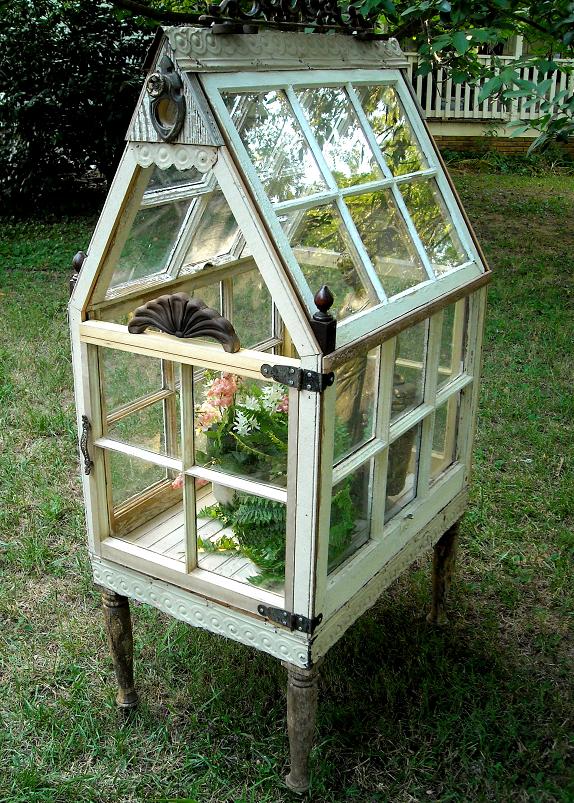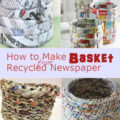
Even a beginner can take these steps and use them to create a small container that can produce plants much longer than an uncovered crop could. Starting with a mini greenhouse is a great way to learn more about green house gardening. Mini green houses can be made with little cost out of recycled materials. What are you waiting for? Start your mini greenhouse adventure today. Here’s how!
Create A D.I.Y. Recycled Mini Greenhouse
Source: balconygardenweb.com/
For your D.I.Y mini greenhouse, you will need a base, a structure, and transparent “wall” material. These basic requirements can be met with many recycled materials. For example, you could use a wooden box as your base, and recycled window frames as your structure.
Seal the window frames with clear plastic or glass, and make sure that you will have access to your space by leaving one window unattached on three sides so that it can swing open. Check out some images online for inspiration; people all over the world have been coming up with mini greenhouse ideas for years! Plants need some ventilation, so be sure that the plastic or glass container you create is not airtight.

Here is a list of some recycled materials that you could use:
- Wooden pallets (disassemble and use planks for the structure)
- Window frames
- Plastic bottles
- Clear CD cases
- Clear plastic construction tarps
- Buckets
- Dresser drawers (for the base)
Use Solar Energy

Set your mini greenhouse in the sunlight in an intentional manner. Think about the angles of your environment. Will your house block the sunlight from striking your plants if you line your container up flush to the wall? You may need to move it out slightly.
Experiment by placing a thermometer inside your greenhouse and taking readings through out the day. Then you can look into the optimal temperatures for the plants you’d like to grow. Lettuce, for example, grows best at temperatures between 45 and 80 degrees Fahrenheit.
Because a mini greenhouse is small, you can easily try it in different locations. As your season progresses, and temperatures drop or rise, you can give your green house more or less sun, accordingly.
Growing your own food can be a great way to save money and be healthy. Yes, there are many aspects of greenhouse growing to learn about, from temperature control to ventilation, but that is no reason to back away. Instead, jump in by learning with a mini greenhouse. Build one yourself with recycled materials, and enjoy growing beautiful plants year round.



